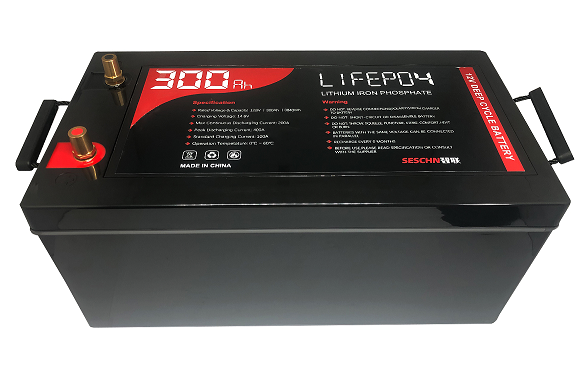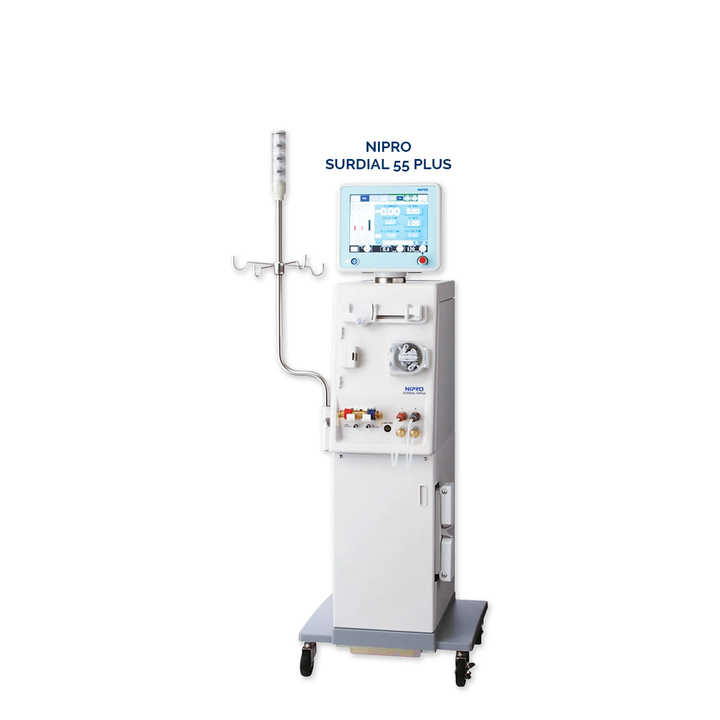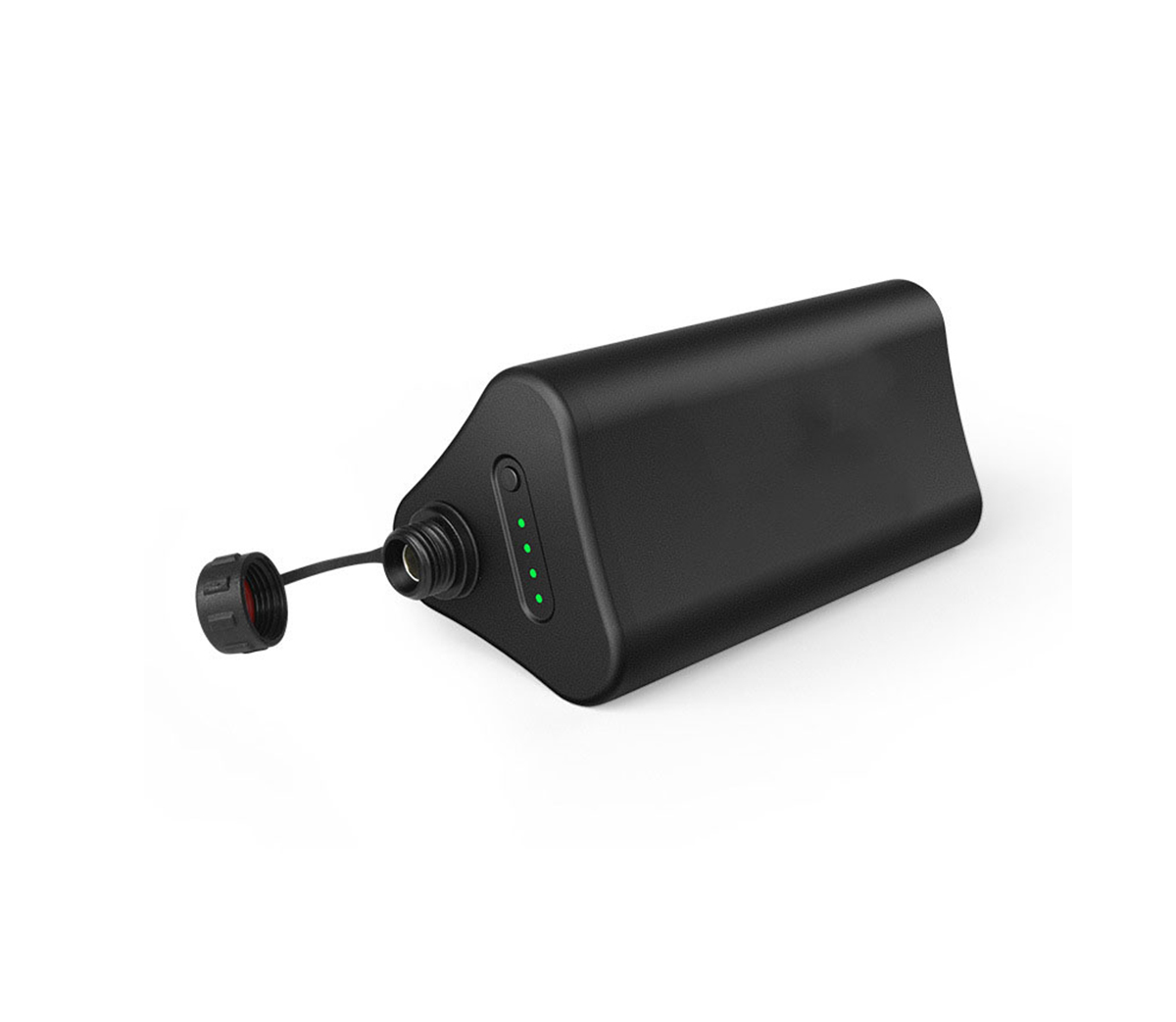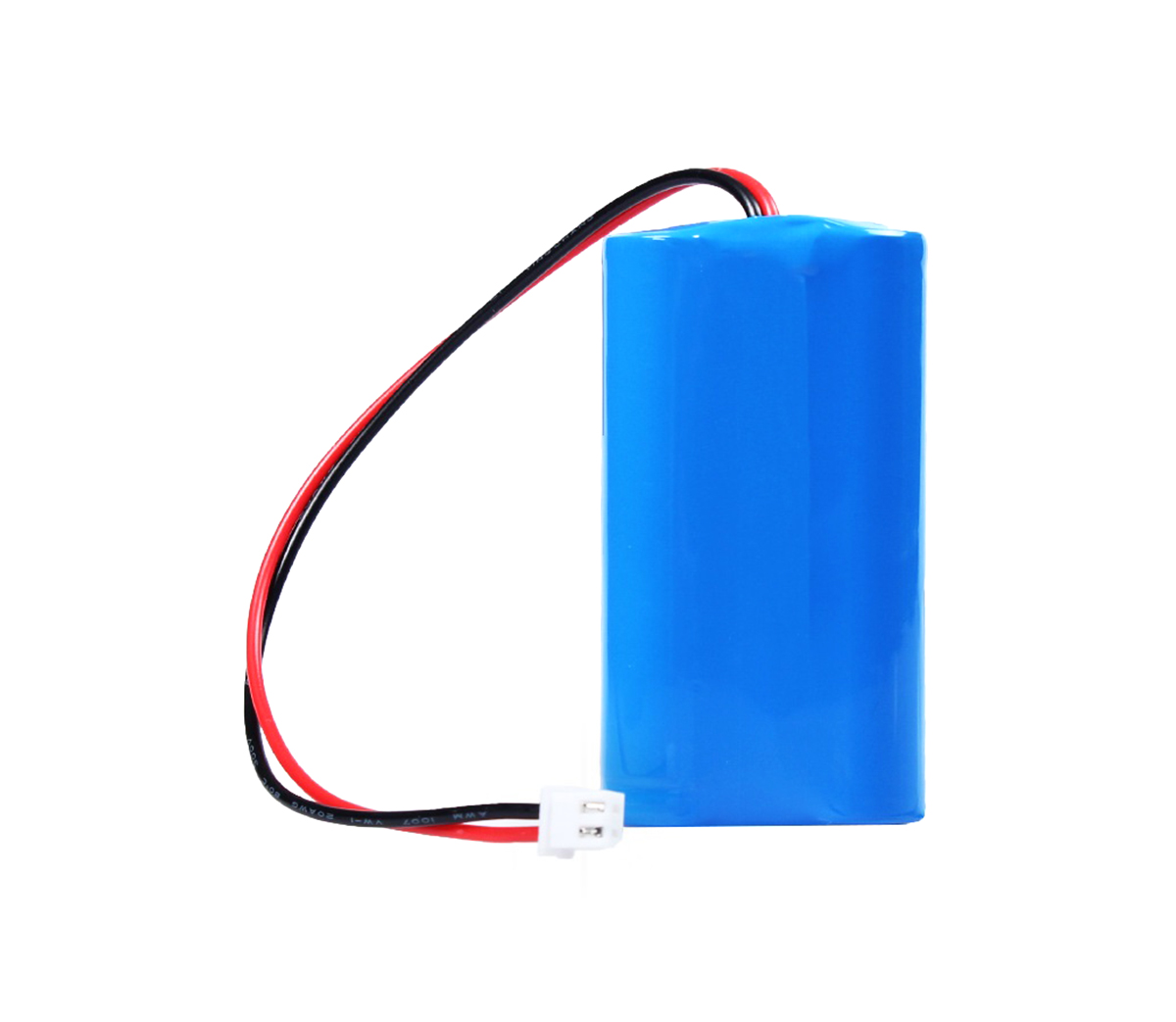Battery energy storage systems are being used in an increasingly wide range of applications today, but they are also facing increasingly demanding market conditions. We would like to analyze and discuss how to design and build a battery management system (BMS) that ensures longer life, versatility and availability of battery energy storage systems.

The basic purpose and content of BMS
The operation and maintenance of a battery storage system requires the use of a BMS, which is a combination of electronics and software and is the brain of the battery storage system.
The most basic function of the BMS is to ensure that the battery remains balanced and safe, and to communicate important information (such as available capacity) to the user or to the connected battery storage system.
The BMS needs to ensure the accuracy and timeliness of measurements. Parameters such as available capacity and power cannot be measured directly, which means the BMS must perform calculations, which are based on measurements of voltage, current and temperature. This calculation is called state estimation, and the results are passed on to higher-level systems, such as the user interface.
At the same time, the BMS needs to ensure the safety of the battery. This is ensured by keeping the battery within a safe operating range of voltage, current, and temperature, which is especially important for Li-ion batteries. If a battery is overcharged, or charged at very low temperatures, or charged at too high a current or temperature, the battery could fail and cause a fire or explosion.
Finally, the BMS needs to be necessary to keep each string of cells balanced, and of course this aspect is somewhat controversial. But we at Smartlink believe that battery storage systems are often composed of hundreds or even thousands of cells, each with a slightly different capacity and resistance. Over time of operation, these differences increase as each battery degrades at a different rate. If the battery voltage is unbalanced, it quickly reaches a point where the battery becomes unusable. This is why we recommend that the BMS for the battery needs to have some equalization capability.
Before going into more detail about BMS design considerations, it is necessary to understand the different types of BMS and industry requirements that dictate the design approach.
Battery Status
Batteries come in different sizes, which are directly related to their capacity. Lithium-ion batteries, for example, are typically the smallest size of batteries. Lithium-ion batteries can have a minimum voltage as low as 2.5V (e.g. LiFePO4) and a maximum voltage as high as 4.3V (e.g. NMC ternary lithium batteries).
Batteries can be connected in parallel to increase the capacity of the battery pack. Cells connected in series will increase the voltage of the pack, which is mainly used in high power application scenarios.
State Estimation
State of charge (SoC) and state of health (SoH) estimation is based on a combination of cell models and estimation algorithms. The level of online monitoring that can be achieved by the BMS depends heavily on the hardware, while accurate prognosis depends on the software design capabilities and knowledge of the cells.
Integrated circuits (IC) are used in most conventional BMS for state estimation. IC is "hardwired" with specific battery models and state estimation algorithms. The advantage of IC is their low cost, but the disadvantage is the limited flexibility and accuracy of the system design. And these disadvantages tend to get worse over time.
The reasons for the limited and degrading measurement accuracy of ICs are.
1) The IC's state estimation is based on generalized measurements of the cell and does not capture the subtle thermodynamic and kinetic characteristics of the cell, which may vary by cell manufacturer, size, and lot.
2) The limited computational power of the IC limits the complexity and fidelity of the state estimation algorithm and the underlying cell model.
3) Battery characteristics change over time and the inability of hardwired IC algorithms to capture these characteristics leads to increasing inaccuracy over time.
Instead, the microprocessor can be programmed with more complex, higher fidelity battery models and state estimation algorithms that can be fine-tuned to specific battery characteristics and specifications. By updating the parameters of the state estimation algorithm and battery model, it is possible to adapt to changing battery characteristics, resulting in more accurate power output over time. Smartlink has been working on this same to achieve the ultimate design flexibility. The drawback may be the higher component cost, depending on the required functionality and computing power.
Battery Management System (BMS) Design and Development
Once the right type of BMS has been identified, design and development can begin. |The most important factors in BMS design are team and expertise.
Traditionally, BMS design has been the technical domain of electrical engineers, who are really the best people to design the circuit, but usually don't know much about the inner workings of the battery. And designing the perfect BMS requires knowledge and skills in electrochemistry, physics, electrical and electronic engineering, firmware development and data science.
With the right team in place, the first thing to consider is compliance with regulations and industry standards, as this has implications for both hardware and software design. Some regulations and standards are often country and region specific.
While most regulations and standards apply to battery energy storage systems, some apply to all electronic components, including hazardous substance regulations such as the RoHS and REACH directives in Europe. The relevant industry standards are largely dependent on the application and system specifications. The typical distinction is between residential and industrial energy storage, and whether low or high voltage is used.
Relevant industrial energy storage system standards include IEC62619, UL1973, UL9549, and VDE-AR-E2510-50. Product and functional safety are the most important aspects of these standards. While a battery management system (BMS) does not need to be certified as a stand-alone component, it does not prevent a battery energy storage system from being certified.
Because of this, BMS research and development requires persistent investment, and WiseLink's ten years of research and development in this area has led to a profound understanding that the BMS is the core of the battery pack.

Lithium-ion batteries (LIB) have become the main energy storage solution in the life of modern society. Among them, lithium iron phosphate batteries perfectly replace lead-acid batteries, and are more preferred by industries such as grid-connected peaking, off-grid energy storage, photovoltaic energy storage, UPS, and data centers.




































